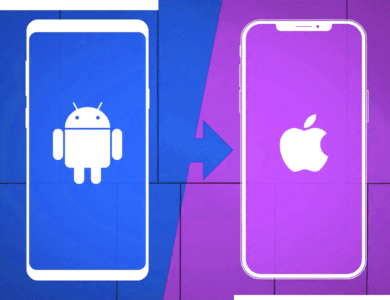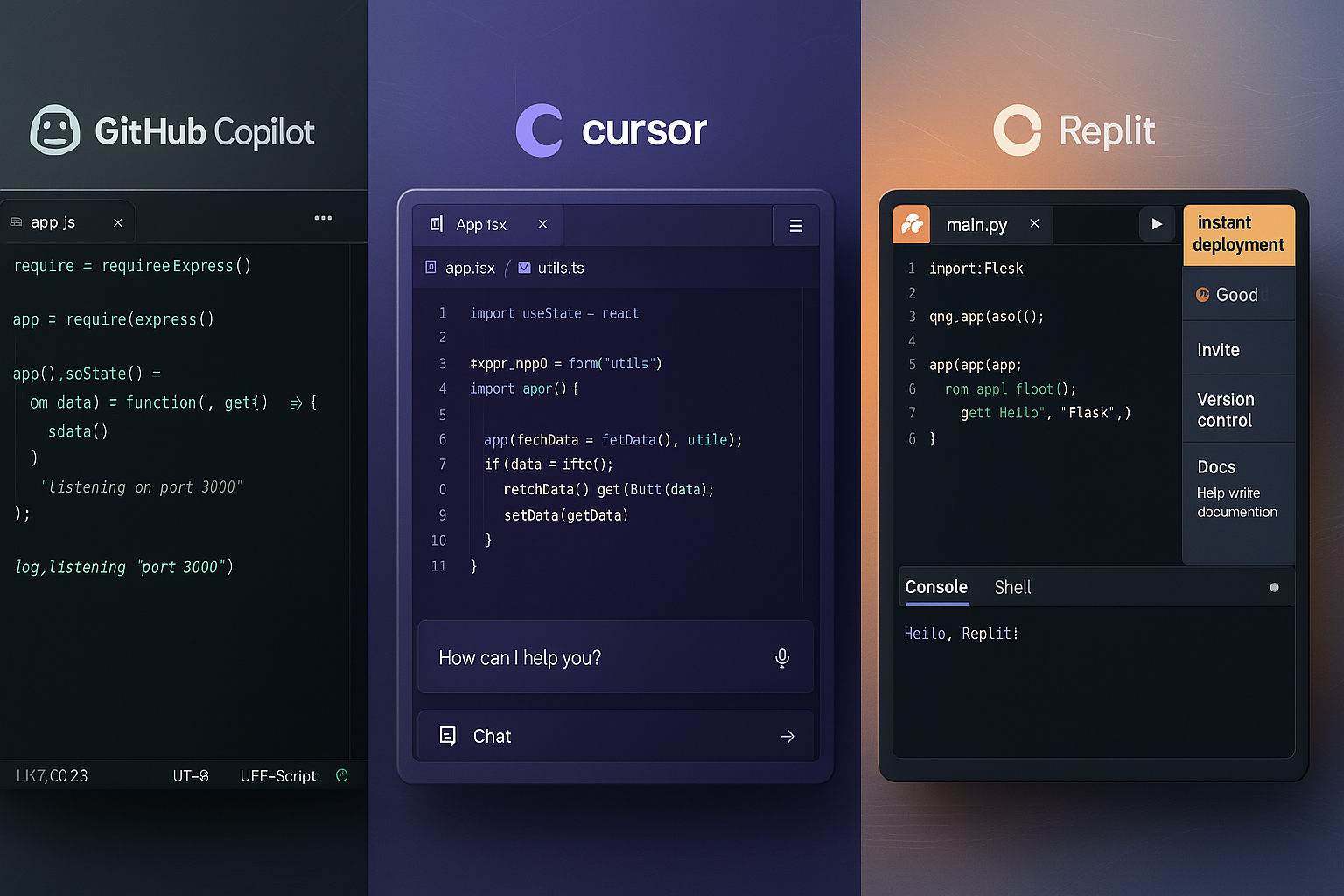8 Essential Steps to Master Blockchain App Development in 2025
Blockchain technology is transforming industries and opening up new possibilities for innovation. By 2025, learning how to develop blockchain apps will be essential for anyone aiming to stay ahead in the tech world.

Blockchain technology is transforming industries and opening up new possibilities for innovation. By 2025, learning how to develop blockchain apps will be essential for anyone aiming to stay ahead in the tech world. This guide breaks down eight simple steps to help you understand and create blockchain apps. Follow these steps to build secure, efficient, and user-friendly applications that meet modern needs.
1. Understand Blockchain Trends in 2025
What’s New in Blockchain?
Blockchain is growing rapidly and being adopted across industries like finance, healthcare, and gaming. Key trends to watch in 2025 include:
- The rise of decentralized finance (DeFi) and NFTs: DeFi platforms like Aave and NFT marketplaces like OpenSea are driving significant growth.
- Efforts to make blockchains more energy-efficient: Projects like Ethereum’s transition to Proof of Stake (PoS) aim to reduce energy consumption.
- Improved interoperability between different blockchain networks: Solutions like Polkadot and Cosmos enable seamless communication between blockchains.
Staying updated on these trends can inspire innovative app ideas. Experts predict the blockchain market will reach $67.4 billion by 2026 (Source).
2. Research Your Market and Set Goals
Build a Strong Foundation
Before starting development, thorough research is key. Here’s how to get started:
- Identify your target audience and their pain points: Tools like Google Trends and Statista can help you understand user needs.
- Analyze competitors to find gaps your app can fill: Study successful apps like Uniswap to see what makes them popular.
- Define clear, measurable goals: Examples include improving transaction speed, enhancing security, or solving specific user problems.
Look at detailed case studies, such as the growth of Axie Infinity, to understand what drives user engagement.
Also Read: What Is a Blockchain Developer and How to Become One in 2025
3. Choose the Right Blockchain Platform
Find the Best Fit for Your App
Selecting the right blockchain platform is crucial. Consider these factors:
- Speed: Platforms like Solana offer high transaction speeds.
- Security: Ethereum is trusted for its robust security features.
- Community Support: A strong developer community ensures access to resources and help. Platforms like GitHub have active blockchain development communities.
For instance, Ethereum is ideal for smart contract-based apps, while Polkadot excels in interoperability. Evaluate consensus mechanisms like Proof of Stake (PoS) to choose the best platform for your app’s needs.
4. Design Your App’s Architecture
Plan Your App’s Structure
A solid design is the backbone of any successful app. Key components include:
- Smart Contracts: Automate processes and enforce rules. Use tools like Solidity for Ethereum or Rust for Solana.
- Nodes: Keep the blockchain running and decentralized.
- APIs: Connect your app to external systems using APIs like Alchemy or Infura.
Proper planning at this stage will save time and resources down the line.
5. Develop and Test Smart Contracts
The Core of Your Blockchain App
Smart contracts are essential for blockchain apps. Here’s how to ensure they work effectively:
- Write secure and efficient code: Use development frameworks like Truffle or Hardhat.
- Test thoroughly: Identify and fix vulnerabilities with tools like MythX or Slither.
- Simulate real-world scenarios: Use testnets like Rinkeby or Kovan.
Learning from past incidents, like the DAO hack, underscores the importance of prioritizing security.
6. Integrate Frontend and Backend Systems
Create a Seamless User Experience
A user-friendly interface is critical for adoption. Focus on:
- Intuitive Design: Make your app simple and easy to use. Consider design tools like Figma.
- Backend Integration: Use libraries like Web3.js to connect the frontend to the blockchain.
- Testing: Continuously test and refine the user experience with tools like Postman.
A well-designed app bridges the gap between complex blockchain technology and everyday users.
7. Ensure Security and Compliance
Protect Your App and Users
Security and regulatory compliance are non-negotiable. Best practices include:
- Implementing strong security measures: Use encryption and multi-signature wallets. Refer to OWASP Blockchain Security.
- Conducting regular security audits: Work with experts or use tools like CertiK.
- Adhering to regulations: Follow GDPR and KYC/AML standards. Check resources like EU GDPR Info for compliance guidelines.
By addressing these aspects, you build trust and credibility with users.
8. Launch and Scale Your App
Make Your App a Success
Launching your app is just the beginning. To ensure long-term success:
- Deploy: Use reliable hosting solutions like AWS or Microsoft Azure.
- Maintain: Monitor performance, fix bugs, and release updates regularly. Use monitoring tools like Prometheus.
- Scale: Plan for growth with solutions like sharding or layer-2 protocols such as Polygon.
Successful examples, like Binance Smart Chain, show how planning for scalability leads to success.
Conclusion
Mastering blockchain app development in 2025 is a step-by-step journey. From understanding trends to launching and scaling your app, these eight steps will guide you to success. By following this roadmap, you can create innovative, secure, and user-friendly blockchain applications that meet today’s demands.



